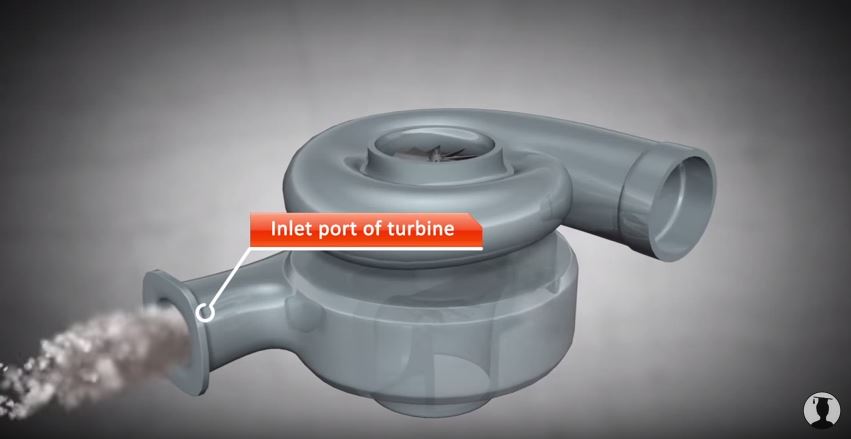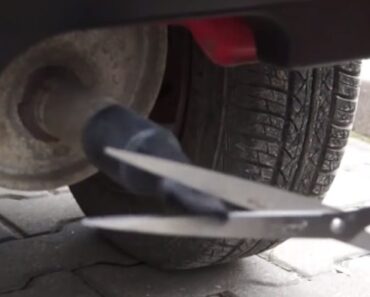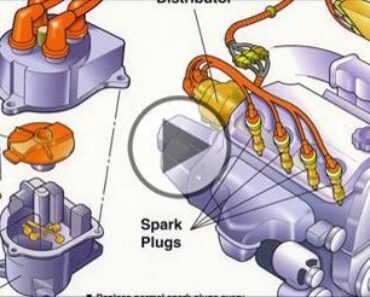How a Turbocharger Works! – Full Detail!
Although most of us probably fist saw the TURBO sticker on a Porsche or a Saab, these are not the first turbo-charged cars.
In 1962 it was General Motors who decided to use the first turbocharger on a passenger car. Before that, this type of forced induction technology was reserved for airplanes ships and locomotives. The first “Turbo” car was the 1962 F85/Cutlass Oldsmobile Jetfire. This pioneer used a turbocharger mounted to a 215 cu in (3.52 L) all aluminum V8. The same year Chevrolet launched a special model of turbocharged Corvairs, initially called the Monza Spyder.
About 13 years later, the first Porsche 911 Turbo appeared with Saab 99 Turbo trailing behind it for about three years. Since then this type of forced induction has been used by almost every major car manufacturer.
Here we bring you a video of how it all works. The animation will answer all of your questions about this type of engine, and explain how the boost gives us more efficient engine.







